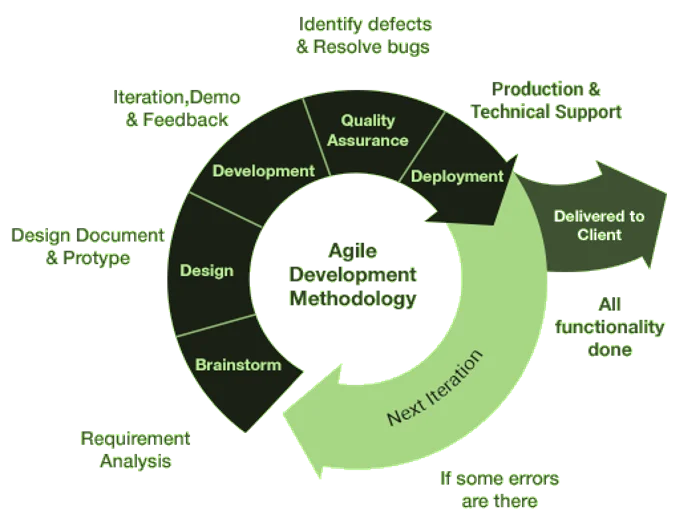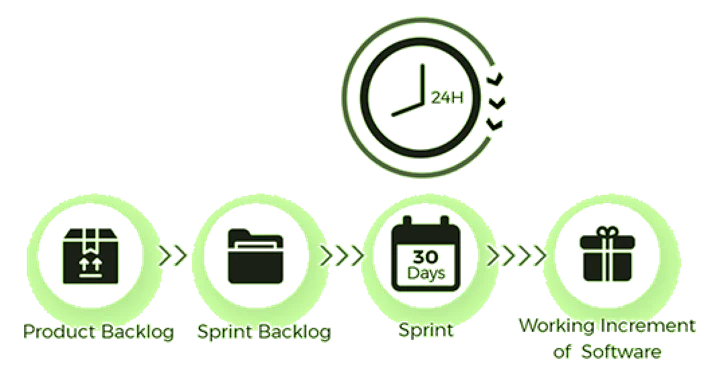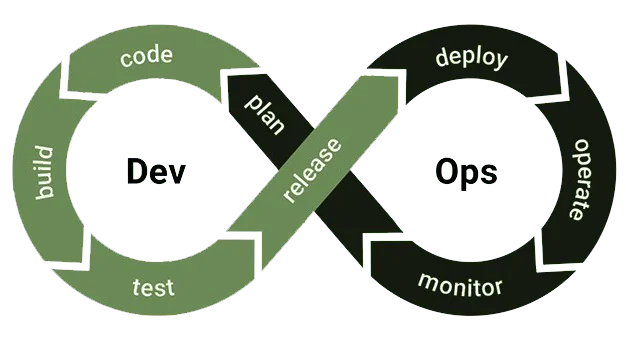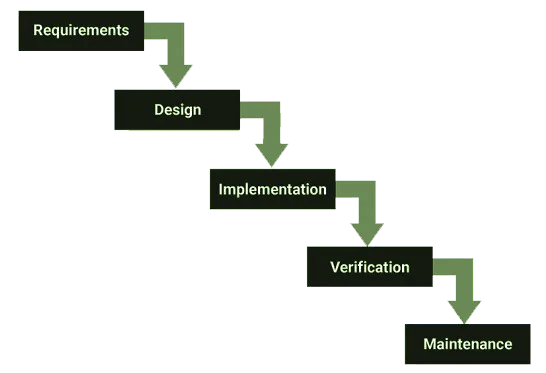Successful projects are managed well. To manage a project efficiently, the manager or development team must choose the software development methodology that will work best for the project at hand. All methodologies have different strengths and weaknesses and exist for different reasons. Here’s an overview of the most commonly used software development methodologies and why different methodologies exist.
Agile Methodology
Teams use the agile development methodology to minimize risk (such as bugs, cost overruns, and changing requirements) when adding new functionality. In all agile methods, teams develop the software in iterations that contain mini-increments of the new functionality. There are many different forms of the agile development method, including scrum, crystal, extreme programming (XP), and feature-driven development (FDD).
- Minimizes risk and focuses on people over processes.
- Predetermine scope of work and assign dedicated people to teams.
- Bifurcate work till the final release.

Scrum Methodology
This methodology is ideal for projects with rapidly changing, dynamic or highly evolving requirements. Scrum development kicks off with a brief planning for each sprint, daily scrum meetings to highlight project progress, and a final review. It is ideal for managing projects which do not have well defined requirements and feedback from the client.
- Divide tasks into smaller modules called sprints.
- Flexibility to adapt to emerging business realities.
- Fast feedback cycle to stay focused and discover problems.

DevOps Methodology
DevOps is not just a development methodology but also a set of practices that supports an organizational culture. DevOps deployment centers on organizational change that enhances collaboration between the departments responsible for different segments of the development life cycle, such as development, quality assurance, and operations.
- Significantly reducing time to market and improving customer satisfaction
- Improve product quality, and employee productivity and efficiency.
- Shortening the lead time between fixes.
- Lowering the failure rate of new releases.

Waterfall Methodology
We prefer to use waterfall if your fixed-cost project has a very detailed and preliminarily developed specification. We can help you prepare a sufficient amount of project requirements to use this methodology, with minimal risks included into the budget. By choosing waterfall, you save a significant amount of money through minimizing the overhead while accurately predicting the budget of your product, deadlines, and deliverables.
- Defined scope, objective and expectations before the start of the development process.
- Linear sequential flow of development process.
- Most effective method for small projects in cases where the requirements are well defined.





